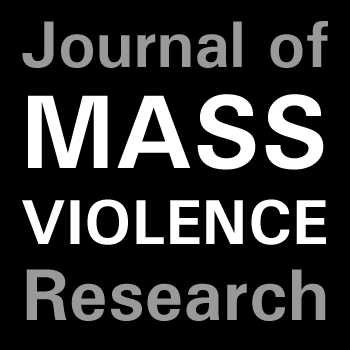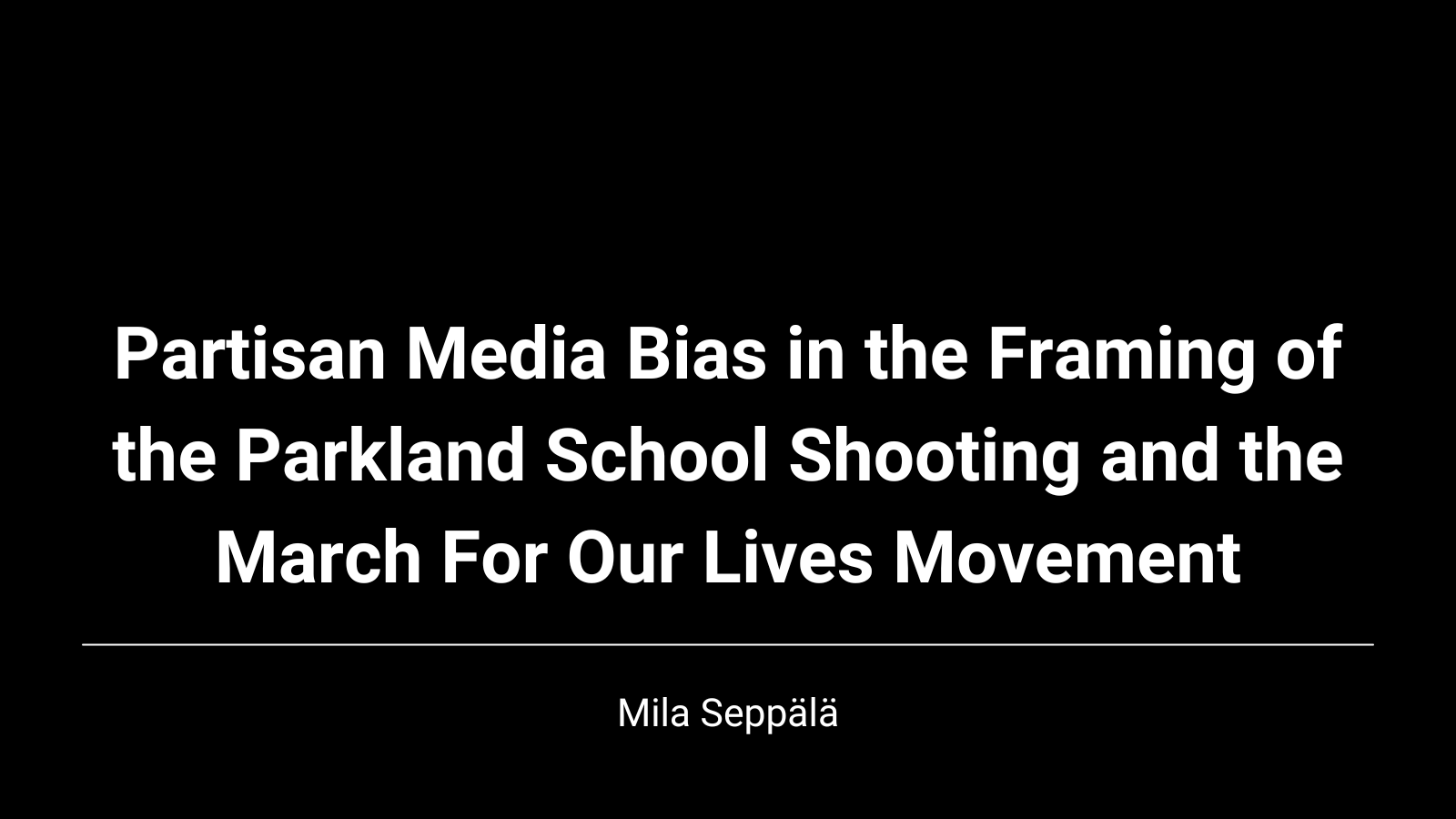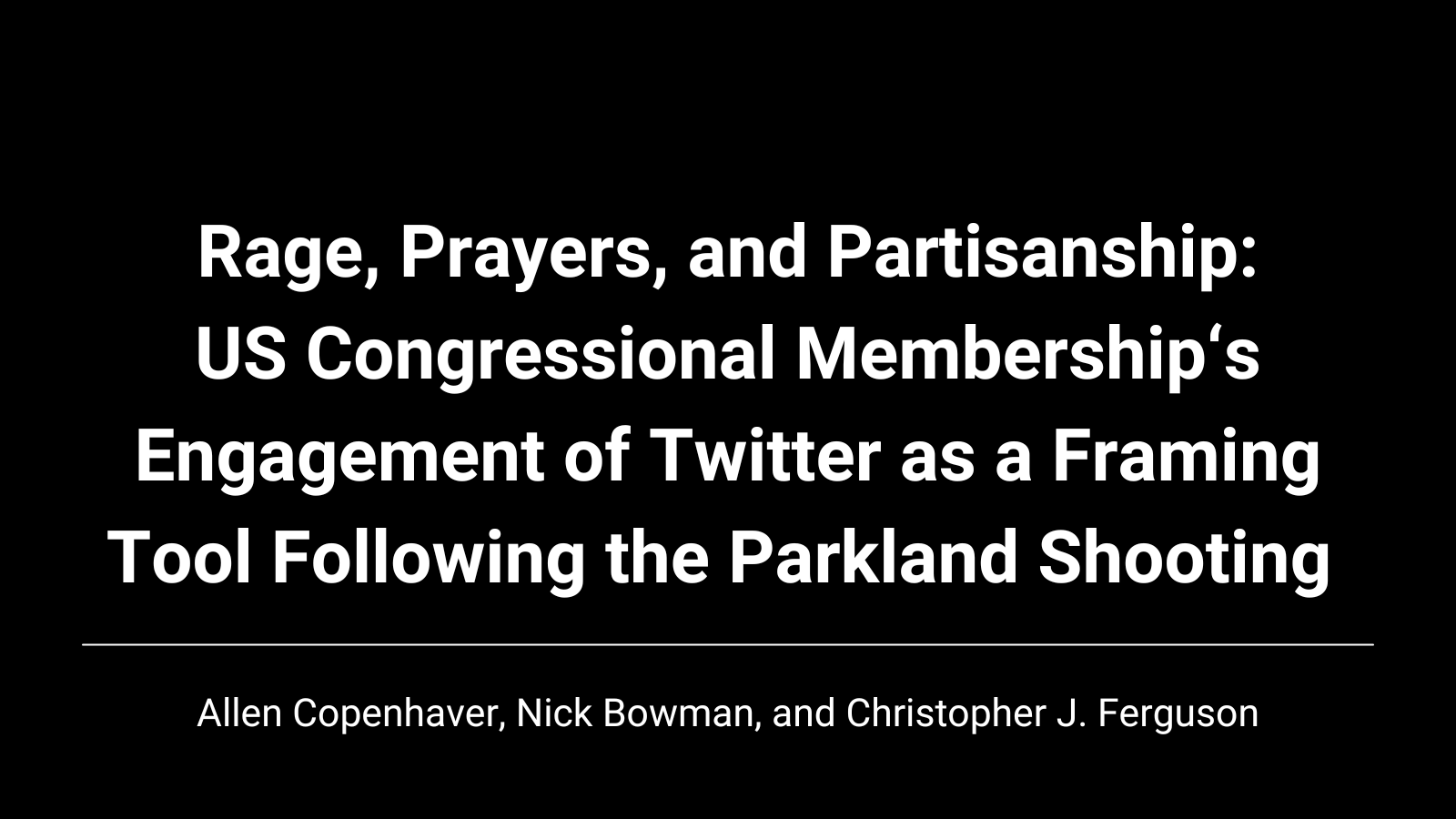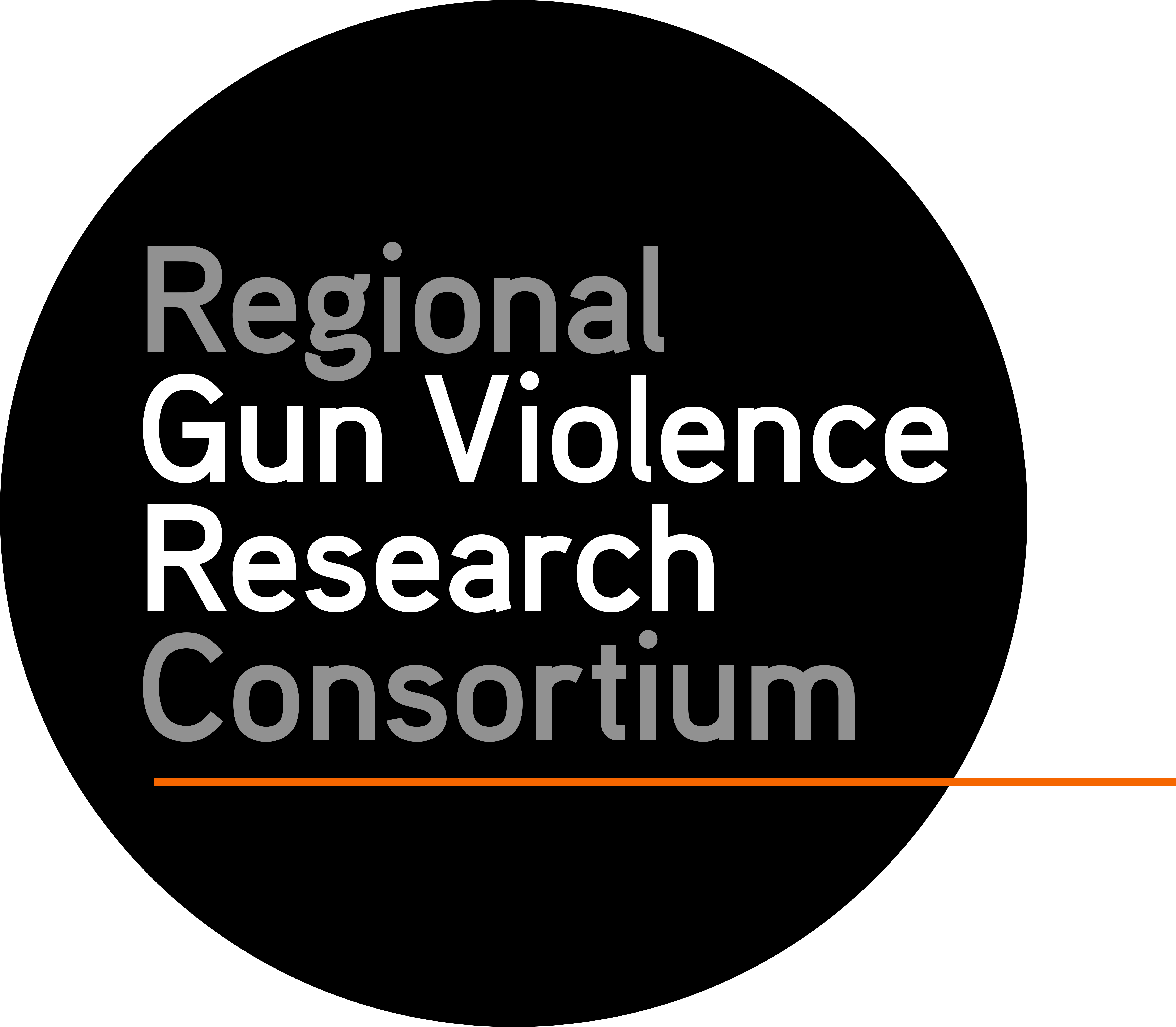
Suicide-related thoughts and behaviors (SRTBs) have become identified as common antecedent experiences of mass shooters prior to and during their shootings. To better support and inform efforts of such upstream prevention and intervention efforts of mass violence, this study aimed to provide an exploratory descriptive perspective of the interpersonal experiences of mass shooters who survived and those who died on the scene (i.e., died by self-inflicted suicide, or died by police intervention) using the interpersonal psychological theory of suicide (IPTS) as a theoretical framework. Through an open-source data collection method, researchers gathered data related to the interpersonal constructs of thwarted belongingness, perceived burdensomeness, and a capability for suicide, for N = 112 mass shooters that perpetrated their crime in the 21st century. Interpersonal constructs were observed as similar across both on-scene outcomes. The interpersonal constructs of thwarted belongingness and a capability for suicide were evidenced in a majority shooters across outcomes. These results offer initial exploratory evidence that most mass shootings may, at their core, be influenced to some extent by SRTBs as described by the IPTS. By addressing mass shootings through such a point-of-view, prevention and intervention efforts may benefit from alignment with those proven efficacious for SRTBs.




